TL;DR -- Our technology focus will be regular with a lot of areas to cover. As we do this, we need to define the areas of focus which principally will be about computational approaches that have come about in the past 1/2 century. In one case, AI, we can look at the decades and mark the changes, some of which were related to progress and others were known as static periods. But, in every case, something as left. The earliest AI efforts left us with user interface capabilities that we take for granted. We use a map showing opinion as an example of several issues needing attention, now and later.
-- Preview (Hint? See Remarks 01/31/2023):
As we go along, technology's impact increases, both for the good and the bad. Observing technology and its ways is an example of humans and their learning ability. This is a simple review of a complicated affair, but we all know of the long trek to ourselves. Perhaps, it's not a moment-to-moment deal, as the demands of life can loom hot and heavy, whether it's some of the time or most of the time. No one ever has no 'looming' though one might tout their proper attitude of detachment, or not as inattentiveness is problematic, too.
Get the drift, yet? Some use the academic experience (in toto: from childhood - usually kindergarten but this can start at home; through the early grades which some see as more of social orientation than not; then those higher ones leading to the diploma that will be a companion throughout your life - some of those who don't get this far recoup with the GED certificate; and, onward, through undergrad, then grad, and then postgrad - where we shuffle people into categories related to their benefit and ours - as in, cultural contributions - the gamut); done?, nope, as we have life-long learning. Too, let's consider the autodidact, please.
What we are doing here is, in part, where history and genealogy come together (take the 1834 start of the New England Historic Genealogical Society, as an example) . We mentioned the 'academic' experience above, but what of the 'real-life' learning that is necessary. Some call this common sense. One AI (let's point to a general page, Wikipedia) project has worked to building a system (see Cyc) with this characteristic for a few decades, now. So, we will get more into that below.
--- Intelligence:
But, our learning is not rote where we follow what we learned (say, as a computer might - it's called programming which is the core of AI with some clever extensions thrown in that look smart when the related behavior is observed). We, humans, need our judgment which might be a wrong term to some. But, other words apply such as being able to evaluate, make decisions, interpret in all sorts of situation, and a long list of other things. Through history, we saw lots of examples, again, both good and bad, of human creativity (another aspect that will be on the agenda) in action.
In knowledge matters, there is a bifurcation that is taken for granted. Some might say 'book' versus 'street' learning. But, it's not that split. This has to deal with whether the mode is real (as in, what science provides when done right) or fiction (which is what 'fiat money' is, for an example - think of that and the ways people can lose so fast becomes more amenable to being understand). For the latter, we have had decades now of highly creative Sci Fi put upon the population and its requirements for adult sanity.
--- Technology:
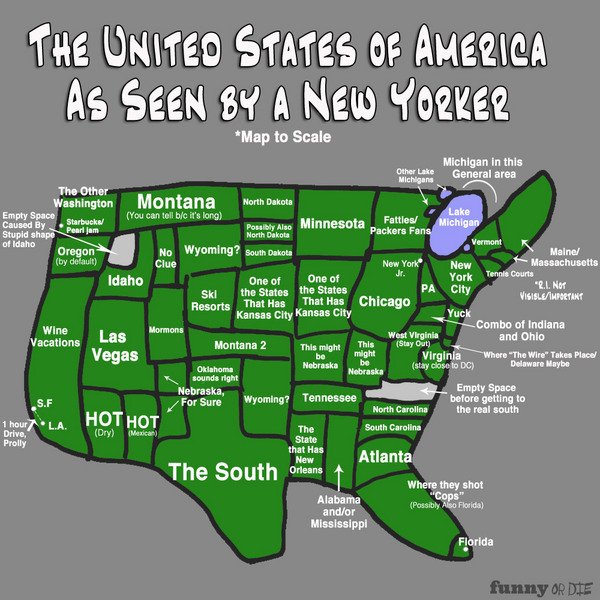 |
How a New Yorker
sees the U.S. |
Given that we are talking technology, knowledge comes to fore. Cutting short the proper discussion, and in the context of the last paragraph, we can talk too types of 'if' statements, as in if this then that. We have the power via mathematics and logic to keep this type of thing to a 'pure' state dealing with truths that are not grounded (a huge philosophical problem). Using an old mind, Einstein (and others), with respect to physics (the queen of science?), have said: that where math deals with physics, it is not math; where physics deals with math, it is not physics.
It's almost a particle/wave type of deal. Or, think phases of nature (ice and water is a good one for the winter in most of the U. S.). Operationally, we might thing of brain sides. That old idea is still being used by some studying consciousness. There is a balance that effective people attain for these two, especially when one sees more than a mere bifurcation as we deal mostly with multi-factored problems.
Nothing is easy. And, we got to the 1950s, let's say, using our own faculties (that honed by life and education) and facilities (that which we create - artifacts of various types) in known ways. We can look at history to see the changes along these lines. BTW, faculty/facility became more of an issue, of late.
Ignoring that we could say that our own faculties include facilities. Yes, but that involves something having to do with our human abilities. For now, let's keep facilities as artificial, as we see with AI. We will go into depth about what this is and how it came about. Too, we want to explain how we see angst and its opposite (lots of ways to characterize this) boiling up (say, the recent discussion related to ChatGPT (which is one of several examples).
Turning that around, we have enthusiasm (or exuberance thinking back to the Head of the Fed usage) on the one hand and extreme dread on the other. What gives? Okay, this was mere attention getting which we will get back to.
--- US and its roles:
We are talking the U.S. and its roles in all of this. Believe it or not, that is how the leadership has been exhibited; there is nothing that says that the focus has changed. The U.S. can be considered an experiment. Now, that brings up what has happened and why over the 400 years (going back to the original time for a whole lot of families). History tells us some of it. We see information emerging due to the web (computing contribution to us - and the source for a lot of that which has been in the news with regard to machine learning). A blog is an example as it can convey new information. Social media has too many examples for a quick look. Facebook/Meta can be used for this. We have a page on FB; to Meta or not to Meta is a choice having serious philosophical implications.
In any case, the computer changed the whole context with respect to how we learn, what we ought to learn, even to the extent of determining what is real or true (we will bring up truth engineering). Everywhere, there are new things to consider: automatic cars; robot surgeons; addictions exhibited by folks who drive with their noses to a droid or such; ...
Then, people have more ability to express themselves. We always had that; with the internet, the bounds have been loosened. The past decade saw a lot of this being discussed (say, influence that is more than we might have expected). But, of late? It's even more differentiated.
We have what are called 'bots spouting off' which is what we would use for a human, perhaps. It has been going on awhile, and we have paid attention. But, students submitting papers through this means raised the awareness, generally. Call to chat with a company; you get a 'virtual' assistant. Get on some people move; it might be driven by software (to be nice) that is heavily biased due to its learning experience. Someone wrote: death by math. But, then, we had 'death by test' when technology firms were allowed to shirk responsibility. This was a few decades ago, that the problem arose.
-- The gist and its example:
Finally, to the gist, of this. We like maps and have used them. Our last post had two maps. A little snap is given below. But, this next image is from a creative mind. When? Well, FB pushed it to me. I went to look. Guess what? There was an interesting collection, but ads abounded. I steer away from those. Even the glorious PInterest had it wrong. Again, getting the drift? Lots and lots of adults have pushed out stuff under their name which is plagiarism. We cannot have that. Except, I read things that I like, lots of times. Then, I go look. Who wrote this? Well, my search gets us back to our stuff. I just laugh. A proper analysis would show by time the provenance and precedence.
Now, maps in our sense, usually have been to date, deal with our good world of nature which is Euclidean, it is said. But, there are many other ways that technology is going to have us using 'maps' some of which have been used here, too. But, sticking with variations on looks at our planet, here is the map from today's browse with no indication of its history.
Per usual, I went to look. It's from 2011 (Dan Abramson -
Funny or Die), yet, references to it now do not recognize the source. Hence, one query? Will we handle this type of issue better in the future? We really need to.
"How a New Yorker sees the U.S." (my paraphrase) is what the caption says. There are lots of these funny maps available on the web with more coming all of the time. In fact, some of these are quite information as they show how attributes change by the 50 States (here two are missing).
But, this opportunity allows us to mention interpretation, again. Doing that right is key to a peaceful society. Well, it's one of several things that are needed. But, the computer makes it more imperative in ways that we have not really discussed, adequately. Of course, those of the States that are mangled in this map might take offense. There is some humor. And, we can have these be both funny and educational.
--- Our focus is truth engineering (context, computational modes and their influence):
Another lesson, of the many, is that I had to go dig and find the original which is something that I do by habit and curiosity. Plus, we have a long tradition of honoring those who first elaborated a thought, or proved a theorem, or was first in any number of other examples. Is there a way that we can facilitate this type of thing? Even provide a means to build confidence? Well, as a hint, you will note that we have used 'portal to truth' on more than one occasion. We cannot have solutions without knowing the problems and solution possibilities.
We mentioned using maps. The image shows a few; many of our maps come from other sources such as Wikipedia. And, given that we are talking at specifics of computing, expect to see lots of charts. For the most part, the descriptions of technologies and their use will have some relevance to the work of the Thomas Gardner Society, Inc.
The future, since technology is now a constant companion, will require other than our normal modes.
--- Summary:
This post is about a problem that will only grow worse over the next few years as we try to untangle knots put into place over the past couple of decades. That is, this is true according to a view with decades of experience behind it. Many see no problem or do not want to have their views updated. But, the issue of concern is that the longer we do not take the responsibility to be mature with regard to all aspects of computing, the more gnarled things will be. The best analog is the economy (who can say that it's not a shambles, at the moment?). That's not politically motivated, at all; no, we can talk lessons not learned almost from the beginning with the interpretative conflicts even before the Brits went away.
---
Note: this post will be edited, soon; expect minor changes which will be noted. If anything is to be dropped from this view, it's new location will be specified. We are getting into a long-term discussion from which will come sets of experiments and more. Levels of technical details will increase so that the lower ones have the appropriate mix as required by computing. At the upper end, we deal with our lives as humans. Again, the motivation is truth engineering which is 20 years old, with its first manifestation dealing with what was called a 'computational lens' (not optics of the medical variety, solely).
About the depth, we will use Tullio Levi-Civita's view on what was called the absolute differential calculus. But, there are plenty of other authors of this time, and before, that we will be referring to. As we work, we can lift the information out.
Why? How? Einstein said to explain things to your grandmother. No excuses allowed about not being able to do this. AIn't will be a theme, partly; mainly, expect a bust of this soon enough. In the meantime, watching the current playground (with its messy sandbox) will be of interest to those who think of the future.
Remarks: Modified: 08/26/2023
01/31/2023 -- I’m writing a post for the TGS, Inc. blog with a topic of The Americas where I will note the journal of the Mexican Mammalogists and their nod to a U.S. mammalogist. But, in doing so, I was addressing the perils of technology as noted by my last post and stopped to ask Google a question. Why? I like giving Google long queries.
So, query: Asking ChatGPT to tell the provenance of something that it wrote.
This deals with a category, not phrasing for some text response. Too, the thought that we need to trace the source of what we know has always been there. Unfair usage without attribution is the height of stupidity, is it not? Yes, Quora, you allow this.
So, Google gave me a lot of stuff. I picked this one. For one thing, I am mad as hell at The Atlantic for screwing up its New England heritage. Talk to me, people. So, I have been buying the New Yorker. Much better. BTW, the Atlantic, what happened to the real Caitlin, as in Flanagan?
Anyway, I got this: ChatGPT Is Dumber Than You Think (Dec. 7, 2022). Gosh, do I need to give them another chance? ‘shallow’ is used. And, ‘lacking depth and insight’ is not a wrong assessment.




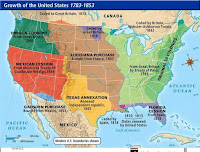
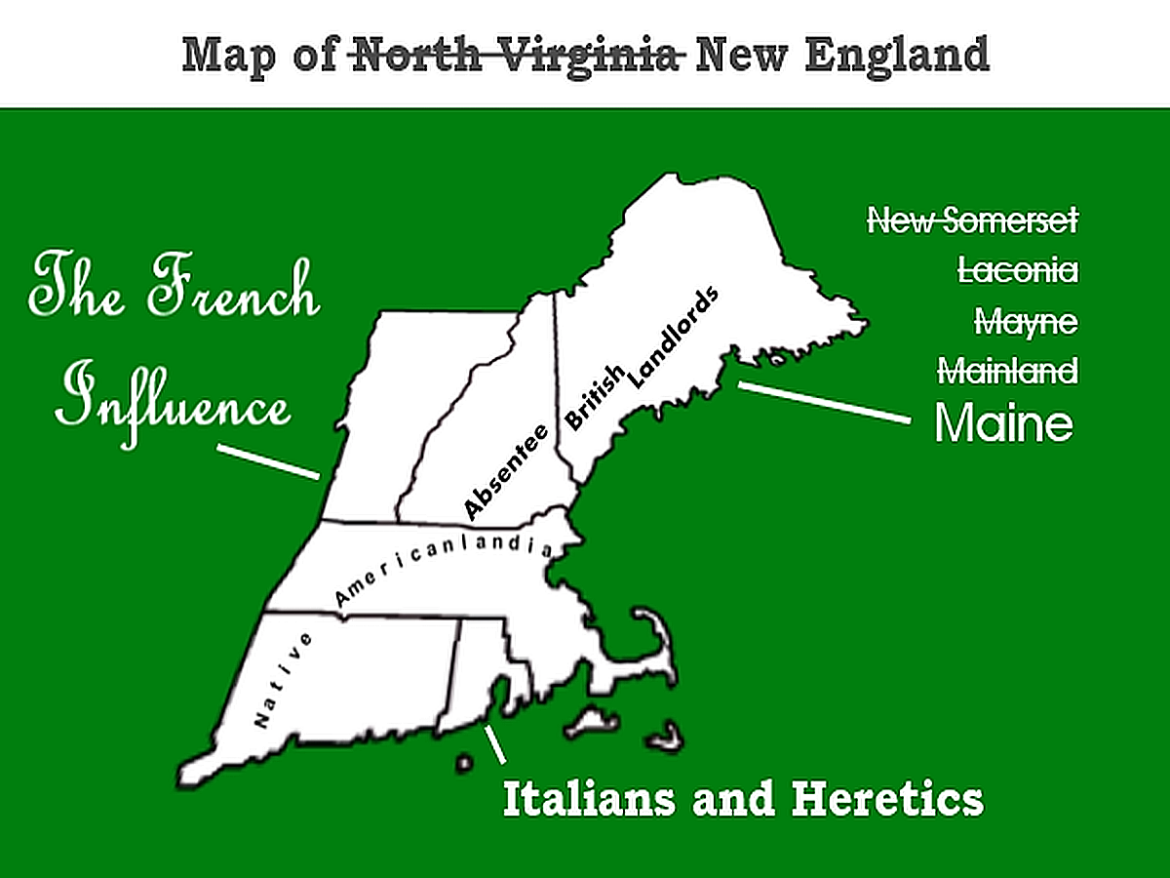
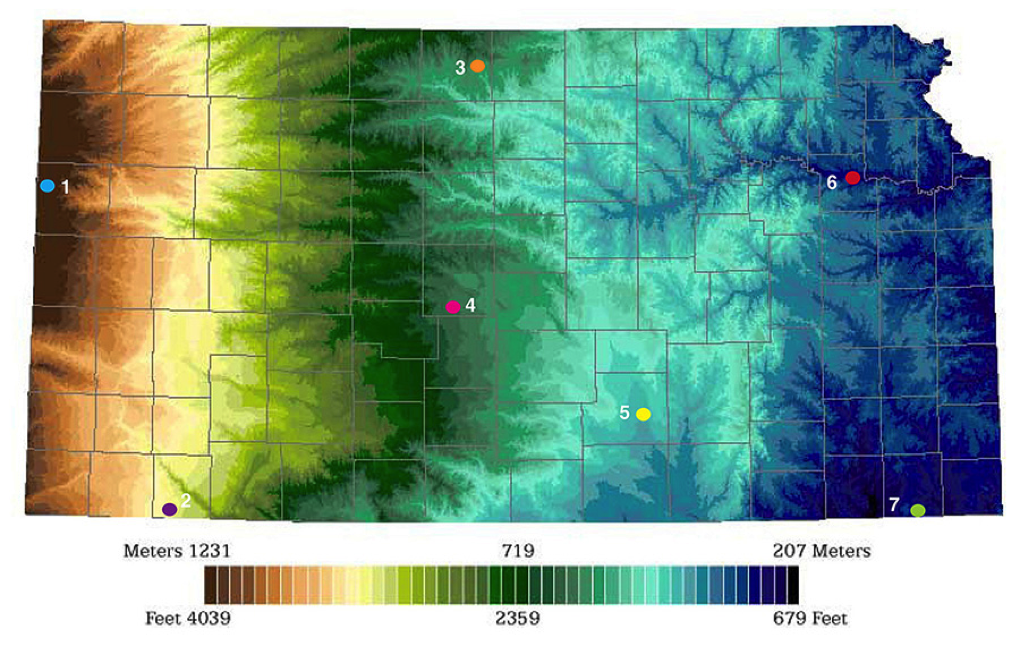

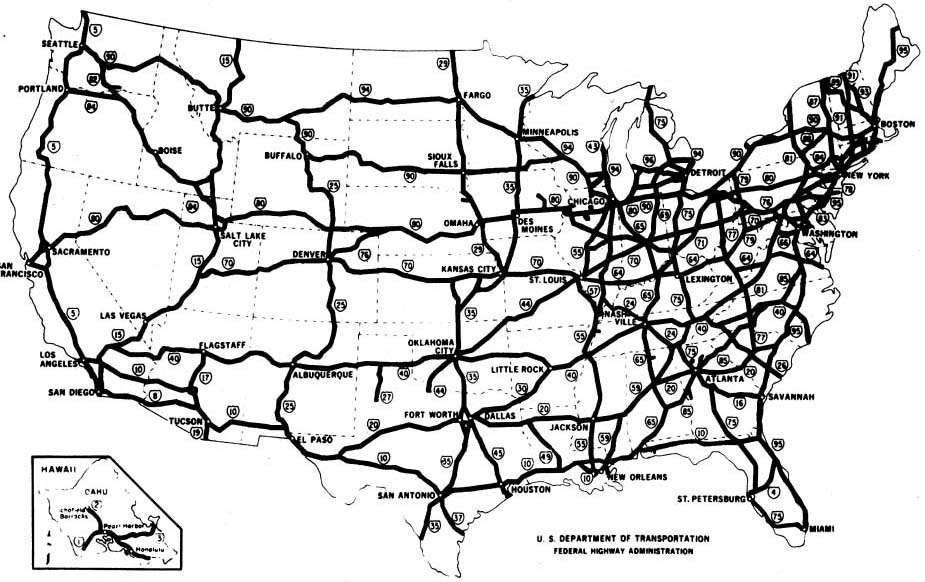
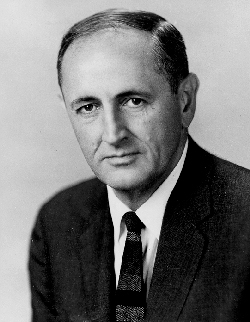
%2C_by_John_Trumbull.jpg/1024px-Declaration_of_Independence_(1819)%2C_by_John_Trumbull.jpg)

